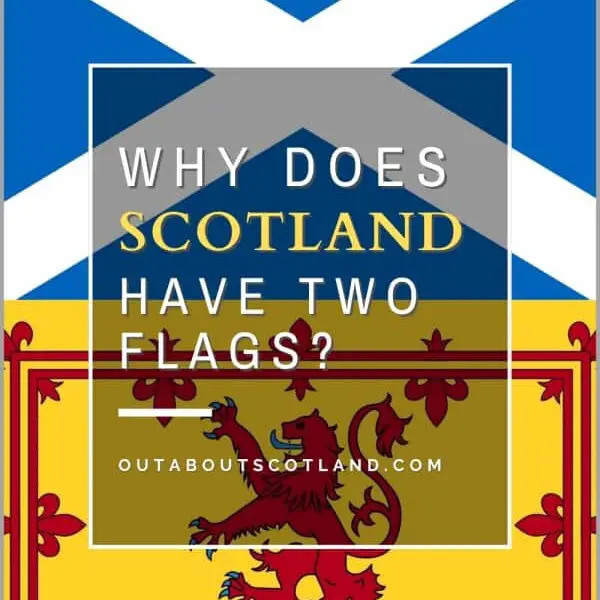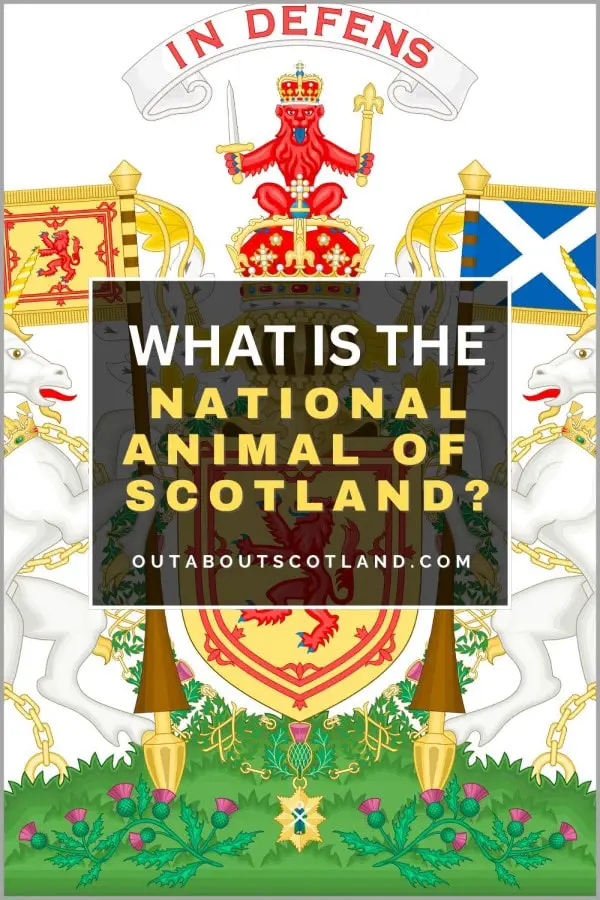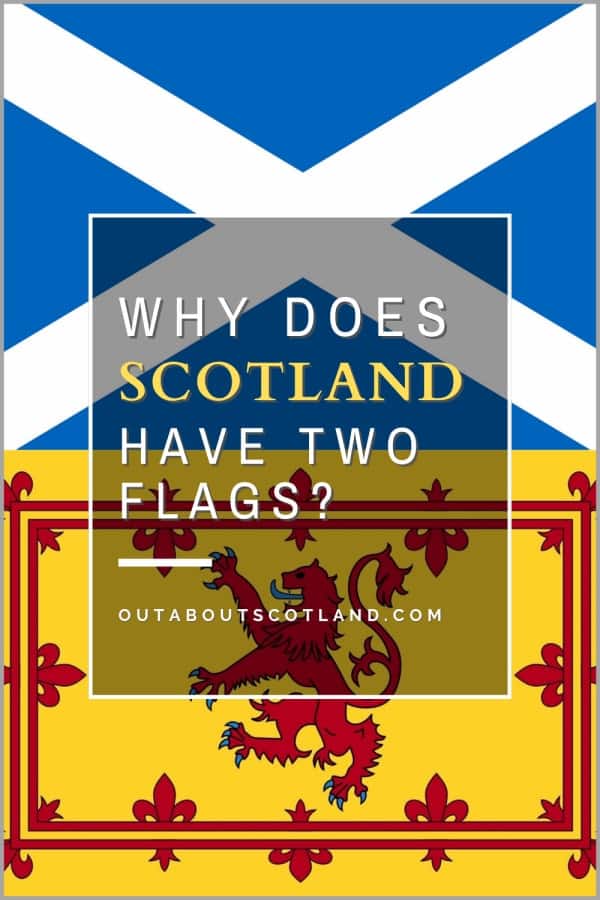Scotland has a fascinating history dating back over a thousand years, and its flag has long been a symbol of this proud nation. But to complicate matters, as we tend to do here in Scotland, there are two versions of Scotland’s flag, as well as a flag of the United Kingdom. So which one is the true flag of Scotland?
The answer is that the Saltire – a diagonal white cross on a blue background – is the official flag of Scotland which is used to represent the nation.
Meanwhile, the Lion Rampant—a depiction of a red lion set on a yellow background—is the second flag of Scotland (specifically the flag of Scotland’s royalty), and the Union Jack is the national flag of the United Kingdom.
Why Is the Scotland Flag Blue With a White Cross?
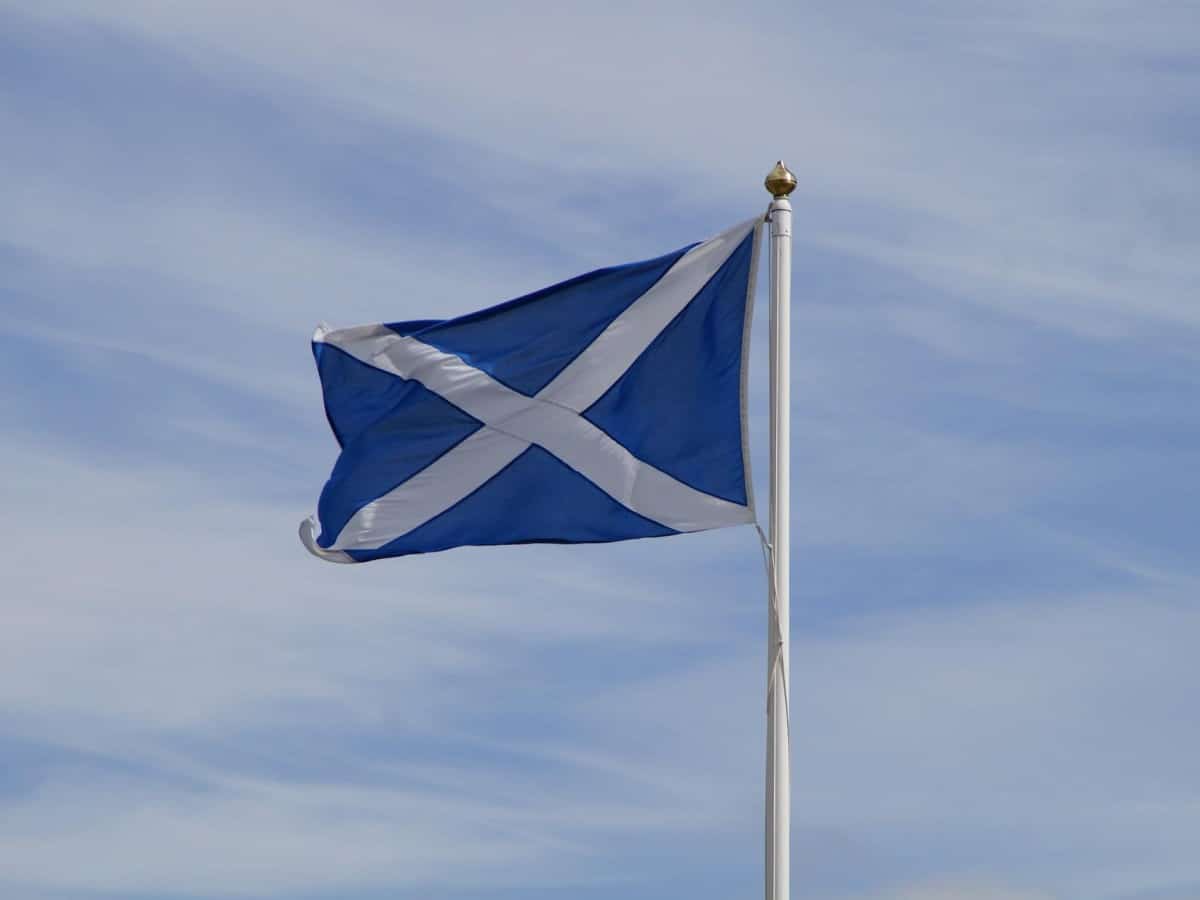
The official flag of Scotland is called the Saltire, also known as the St. Andrew’s cross. It’s one of the oldest flags in the world, and its design is one of the simplest, yet it’s also one of the most striking. But where did it originate from?
As can be seen in the image above, the saltire has a simple blue background with a white diagonal cross from corner to corner. The word ‘Saltire’ has its roots in the French word’salteur’, which describes a wooden stile made from two crossed pieces of wood, but that is definitely not where the design comes from.
There are, in fact, two theories that describe how Scotland’s flag came into existence, both of which involve Scotland’s patron saint, St. Andrew. In the first version of events, St. Andrew came to Scotland during his many travels to spread the word of Jesus, and he built a church in the area we now know as the town of St. Andrews in Fife.
The Scots adopted St. Andrew’s virtues as Christianity spread throughout the country, and they later used his symbol, the X-shaped cross, to represent the country. St. Andrew was known to have refused to be crucified in the same way that Jesus was, so the Roman’s used an X-shaped cross instead. When Scotland’s independence was declared in the Declaration of Arbroath in 1320, St. Andrew was officially made the patron saint, and the X symbol was subsequently used to identify Scottish armies in battle.
There’s a slight spanner in the works of this theory though, as it’s very possible that early Picts actually modelled themselves on one of St. Andrew’s strongest devotees, the Roman Emperor Constantine, who is said to have seen a vision of the symbol XP (the first two letters of the word ‘Christ’ in Greek) one evening in the light of the setting sun.
It’s therefore possible that the cross in the saltire originated from the legend of Constantine’s vision and not directly from St. Andrew’s crucifix.
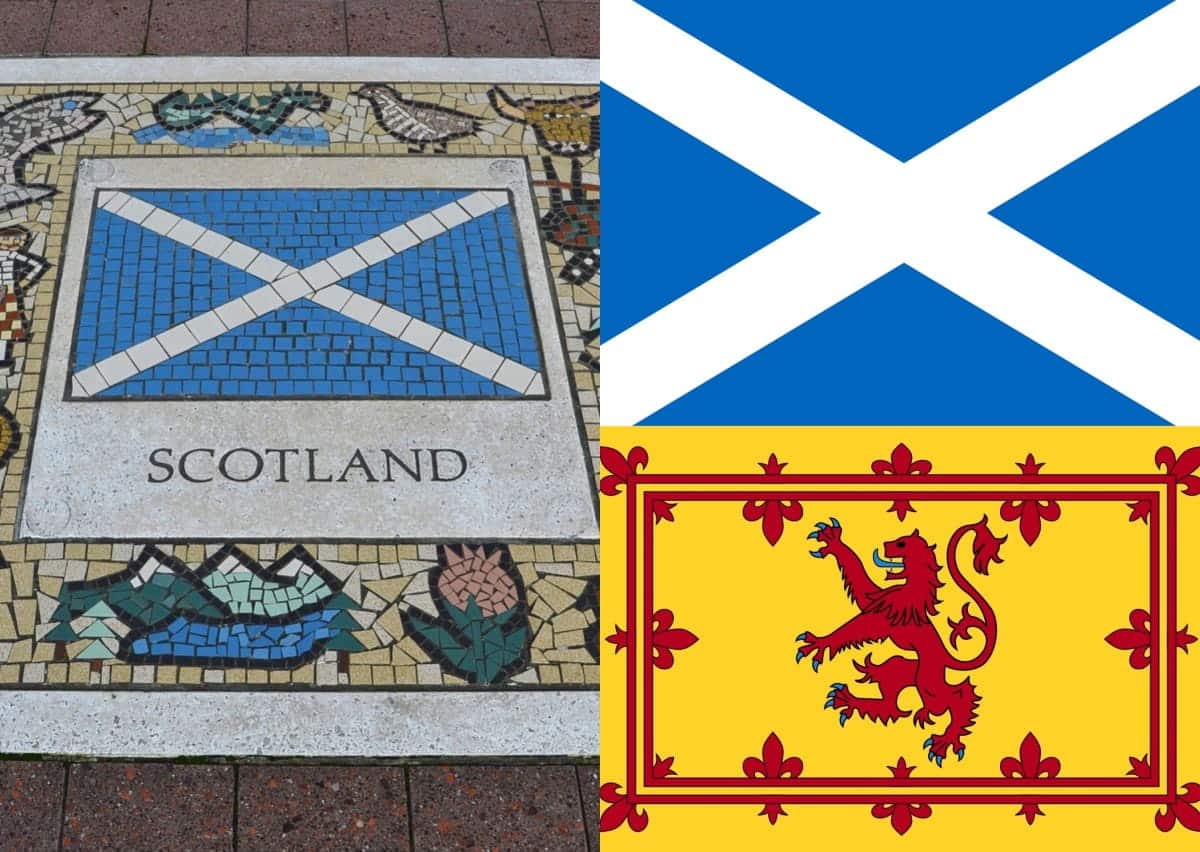
The second theory (and the most widely accepted) is that the cross on the Saltire originated from an ancient battle between Scottish raiders and an English army. In the year 832 AD, a mixed army of Picts and Scots led by King Angus mac Fergus carried out a raid into the Northumbrian-controlled Lothians (in an area now known as East Lothian) but were pursued by a much larger army of Angles and Saxons.
When the two armies finally met in the village of Athelstaneford in East Lothian, it was evident the Scots would lose the battle due to substantially fewer soldiers on the Scottish side. Legend has it that as King Angus prayed for victory, he saw a white X-shaped cross of clouds appear in the sky overhead, set against a brilliant blue sky.
Taking this to be a sign from St. Andrew, King Angus vowed that if the saint helped him win, he would forever be the patron saint of Scotland.
While there’s no evidence the vision of clouds in the sky ever happened, it’s a fact that a battle did indeed occur between the two armies at Athelstaneford, and King Angus did lead his army to a resounding victory, after which St. Andrew became the patron saint of Scotland.
Fast-forward a few centuries, and the cross of St. Andrew was used on all Scottish army uniforms to identify Scots from their opponents. However, back then, the cross was often overlaid on a black background, but this eventually changed to the blue we recognise today in memory of King Angus’ vision.
The hue of the blue background varied over the years as advances in fabric dyeing became more sophisticated, but it also varied by region due to the different types of plants that were used in dye manufacturing across Scotland.
This meant that some regions used a dark blue in the Saltire and others used a light blue—a lack of consistency that was only addressed in 2003 when the Scottish government standardised the flag with a Pantone 300 colour, which is a slightly different shade from the one used in the Union Jack described later in this article.
What is the yellow and red Scottish flag?
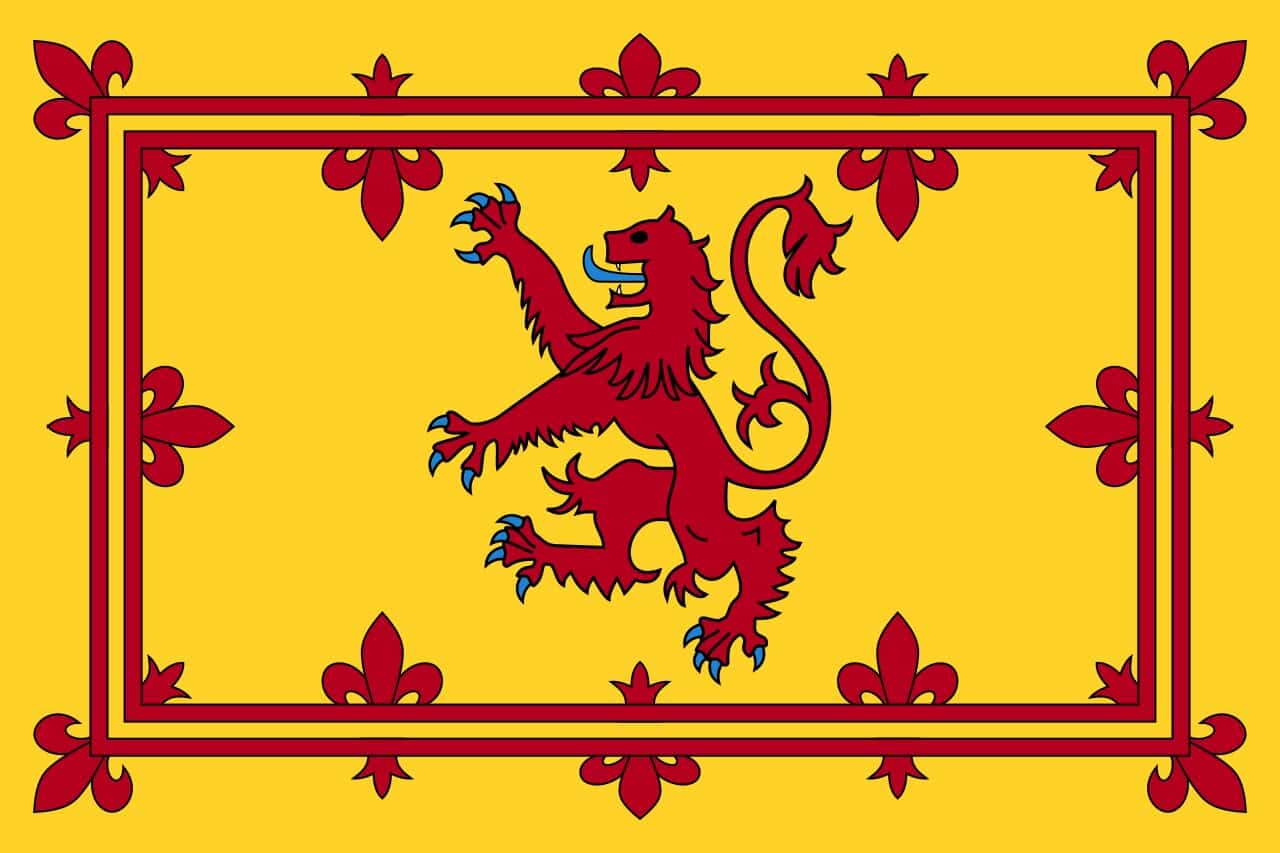
The second ‘unofficial’ flag of Scotland is the Lion Rampant. This is a well-known flag in Scotland but is less commonly seen elsewhere, so tourists may be unaware of its meaning. The Lion Rampant is also known as the Royal Banner of Scotland or the Royal Flag of Scotland, which gives a big clue to its origins.
The earliest recorded use of the Lion Rampant in Scotland dates back to 1222 AD, when it was used as the royal emblem of Alexander II. It’s known that at the time, a figure of a lion was part of the English royal emblem, so the design was likely taken and adjusted for use by Scottish royalty.
The flag is very different from the saltire and uses a bright yellow background rather than a dark blue. In the centre of the flag is the figure of a lion standing with three claws outstretched, ready for battle. Around the lion is a double border of the same colour, which is set with fleur-de-lis, although this embellishment wasn’t added until after the death of Alexander II in 1249.
The lion rampant is still used to this day, but officially it can only be flown at royal residences such as Holyrood Palace and Balmoral Castle, and only then when the Queen isn’t in residence. The Royal Standard, a flag that stands in for the Sovereign and the United Kingdom, occasionally replaces the Lion Rampant when the Queen is present.
So does that mean it’s illegal to fly the Lion Rampant?
The answer is that according to British law, yes, it is illegal to fly this particular flag in Scotland (unless it’s at a royal residence, as mentioned). That hasn’t stopped its use, though, and today the Lion Rampant is proudly waved alongside the Saltire at sporting events and political events and even on tourist gift shops (take a walk down Edinburgh’s Royal Mile to see what I mean).
In reality, the likelihood of getting into trouble for flying the Lion Rampant is next to zero, but there have been a few occasions where businesses have been fined for using it without permission.
If anyone is ever found guilty of inappropriate use of the flag, they can be subject to a £100 fine for each day that it’s used until it’s removed. While they weren’t issued a fine, in recent years, both Rangers FC and the Scottish National Party have been given stern warnings for misuse of the Lion Rampant.
What is the Union Jack?
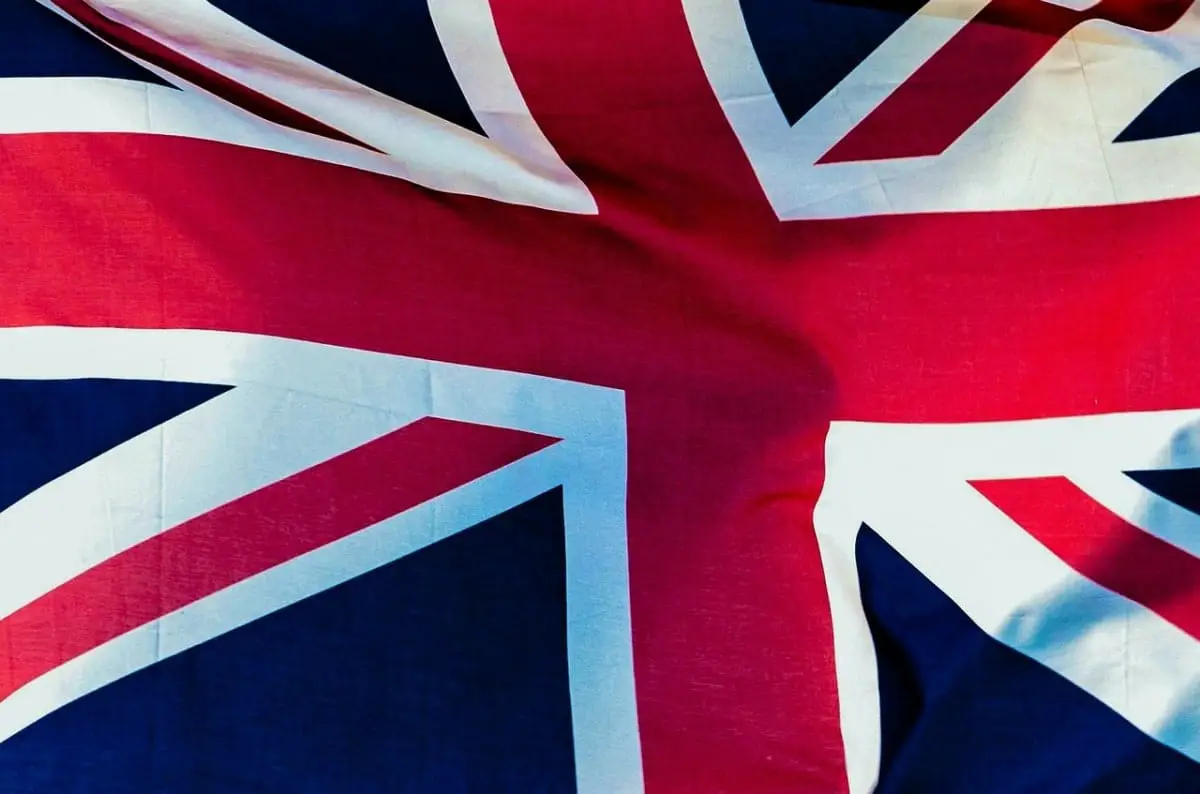
The other flag you’re likely to see during a visit to Scotland is the Union Flag, also known as the Union Jack. This is the vibrant red, white, and blue flag that is depicted at virtually all British events, but you may be unaware of what it signifies.
The Union Jack is the official flag of the United Kingdom, which includes the nations of England, Scotland, Wales, and Northern Ireland.
In case you were wondering, the term ‘Great Britain’ is used interchangeably with ‘United Kingdom’, but in fact it refers to the British mainland, which comprises England, Scotland, and Wales. The Union Jack comprises the three heraldic crosses of England, Scotland, and Wales, but it didn’t exist in its current form until the creation of the Act of Union of Ireland with England (and Wales) and Scotland in 1801.
The flag began as the English cross of St. George (a red cross on a white background) in the 1270s, was combined with Scotland’s cross of St. Andrews (a white diagonal cross on a blue background) in 1606, and then combined with the Irish cross of St. Patrick (a diagonal red cross on a white background) in 1801.
Although the Union Jack is often flown alongside the Saltire and the Lion Rampant, flag etiquette before 2012 meant that it could only be flown on royal forts and castles. The rules were relaxed in 2012, and there is now no consent required to fly the Union Jack on any building except for large events that may require local planning authority.
In Scotland, the Union Jack is flown proudly everywhere, from pubs to sports stadiums and private houses, but as it’s seen as a symbol of the entire United Kingdom, it’s generally less used than the Saltire.
Frequently Asked Questions
Why does Tenerife have the same flag as Scotland?
The flag of Tenerife looks identical to the Scottish Saltire at first glance, but the blue background is a different shade (navy blue as opposed to Pantone 300 blue).
Officially, there is no significance to the colours on Tenerife’s flag, but the widely held belief is that the blue represents the sea surrounding the island and the white represents the island’s snow-capped Mount Teide.
Why does St. Andrew’s cross the flag of Scotland?
In 1320, the Declaration of Arbroath declared the independence of Scotland as well as proclaiming St. Andrew as the nation’s patron saint. As St. Andrew was crucified on an X-shaped cross, it became the symbol of Scotland and is depicted on the national flag, the Saltire.
Is the unicorn the national animal of Scotland?
The unicorn is the national animal of Scotland. This mythological animal was adopted by the early Celts, as unicorns are believed to be impossible to conquer and are fiercely independent—qualities that represent the Scottish people.
The first official use of the unicorn was in the royal coat of arms of Scotland in the mid-1500s, when two unicorns were positioned on either side of a lion. After the union of the crowns in 1603, one of the unicorns was replaced with a lion to represent the joining of England and Scotland.
When was Scotland founded?
Modern Scotland was founded during the reign of Kenneth MacAlpin, when he unified the separate tribes of Picts, Angles, Gaels, and Norse. He became King of Alba (the Scottish Gaelic name for Scotland) in 843 AD.

